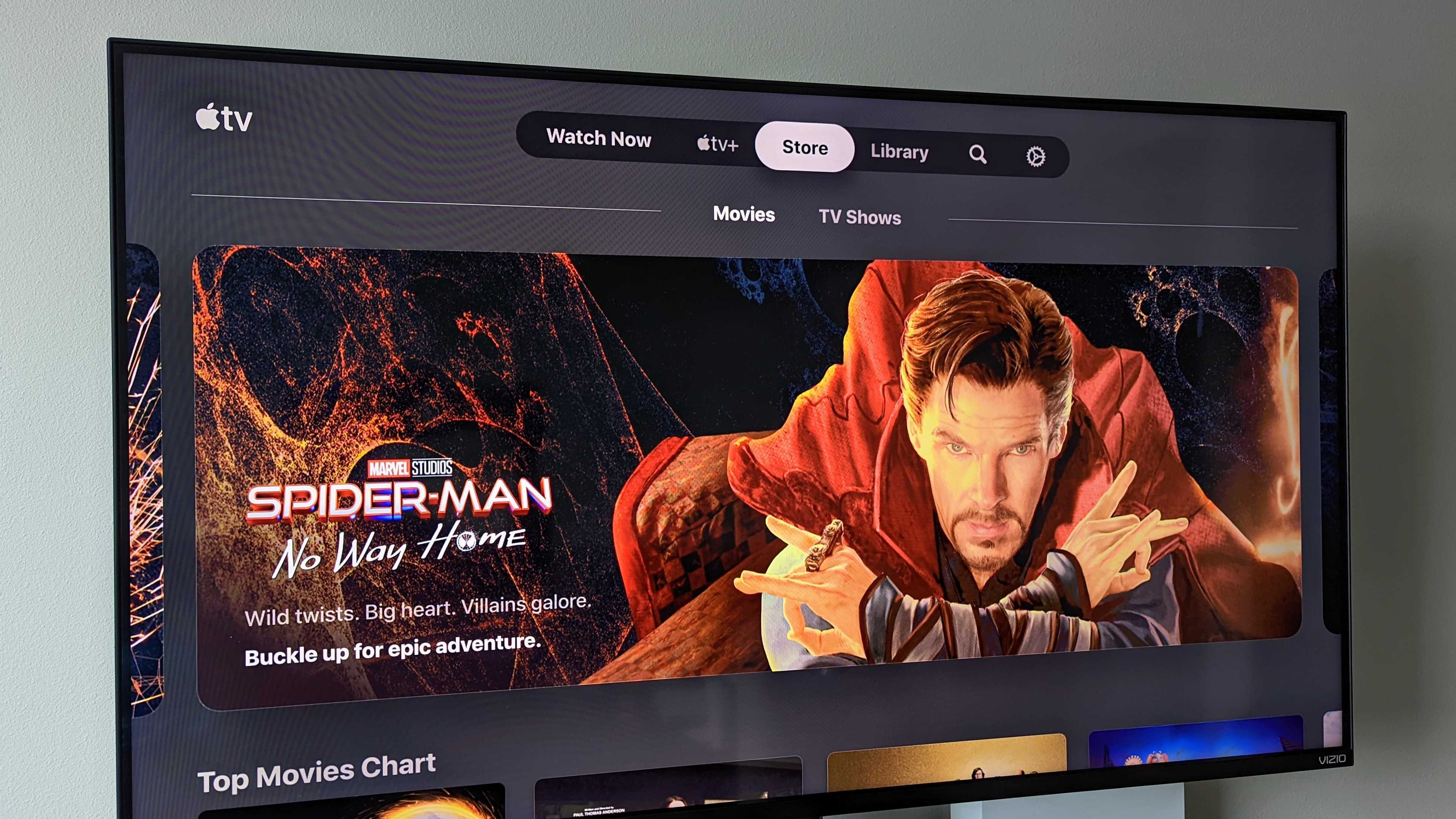Samsung Galaxy S20 Plus vs. S20: Which should you buy?

Galaxy S20+
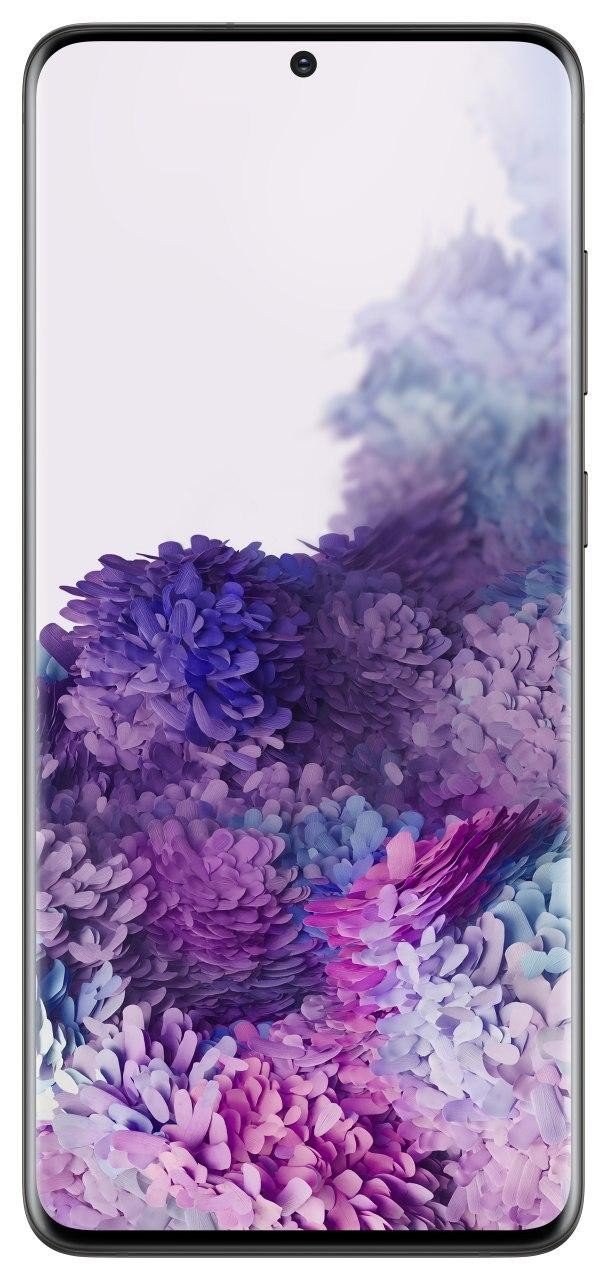
The Galaxy S20+ offers a great balance between the other models. You're getting the full Galaxy S20 experience, with a screen and battery that are still quite large and an altogether new camera system that isn't quite as great as the Ultra but is still going to hold its own. Plus, it's easier to use in one hand and $200 cheaper.
Galaxy S20+
The standard
Galaxy S20

The Galaxy S20 is cheaper, and that immediately makes it a great value because in day-to-day use it does all of the same things as the S20+. However, it has a smaller screen and smaller battery, which does make a difference to some people. Verizon and AT&T customers should take note that it doesn't offer mmWave 5G.
Galaxy S20
Compact choice
It's a simple thought process to just assume "bigger is better" and go straight to the Galaxy S20+. But with a notable price bump over the standard S20, it makes sense to consider which of Samsung's latest phones is right for you — and your wallet.
Should you buy the Galaxy S20+ or Galaxy S20?
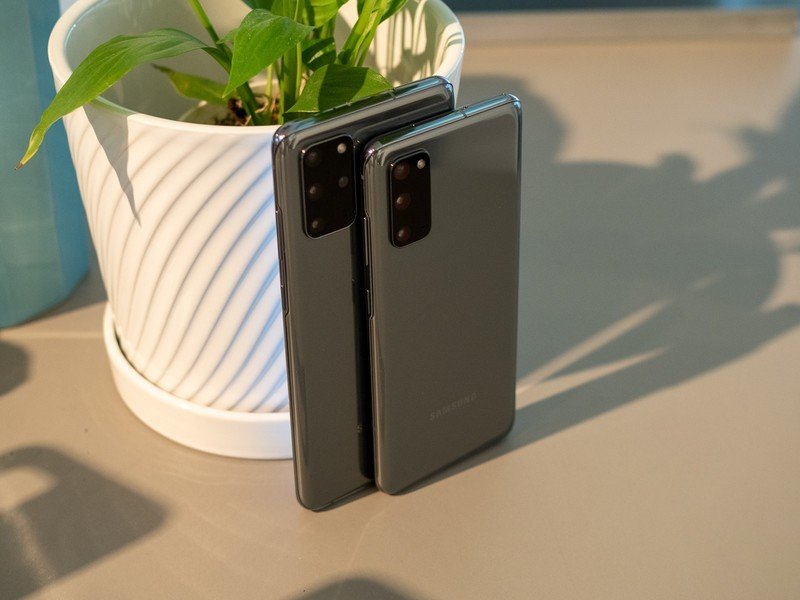
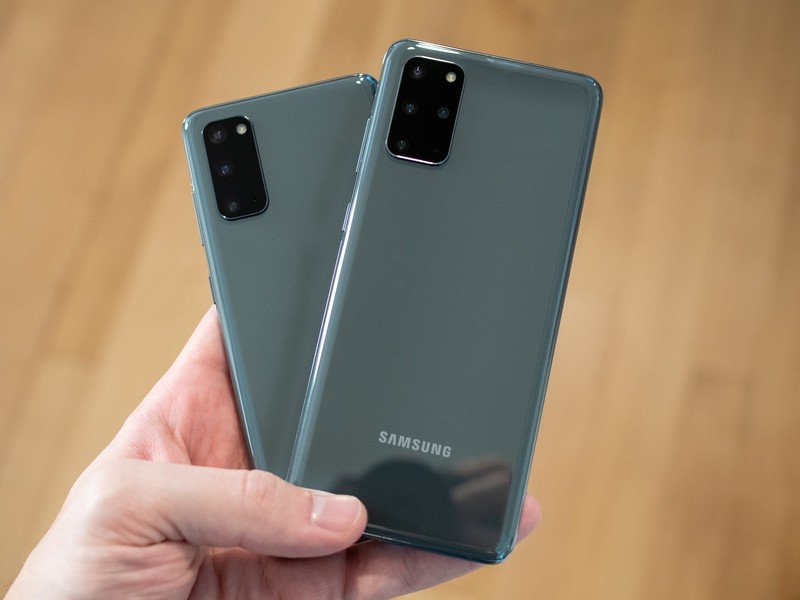
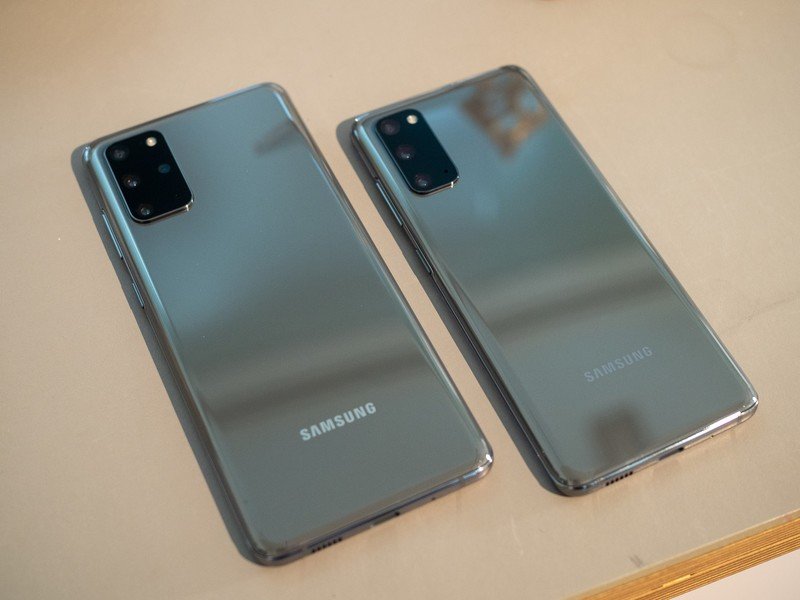
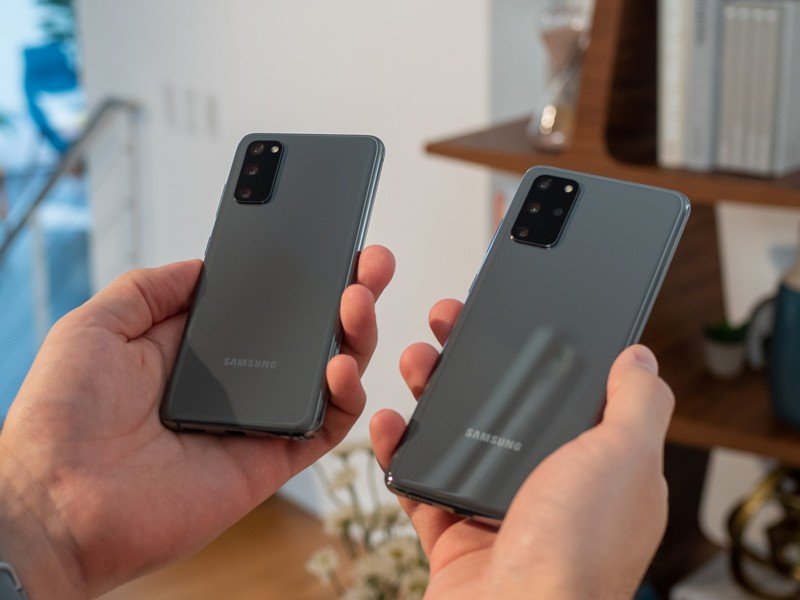
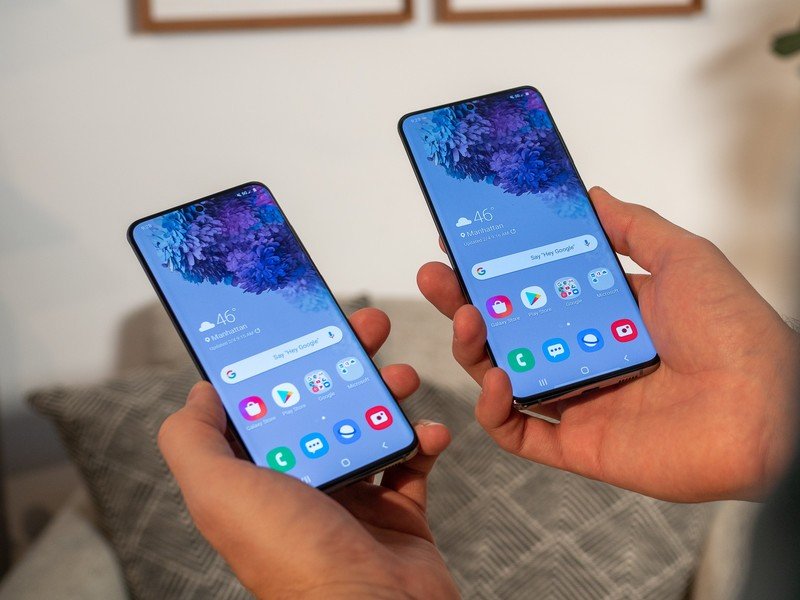
To get the frame of reference properly set, you should first understand that the Galaxy S20 and S20+ are the exact same in a vast majority of ways — just like the S10 and S10+ before them. The hardware and design are identical, as are the specs: processor, RAM, storage, speakers, charging speeds, microSD card slot, IP68 water resistance... almost the whole list.
| Category | Galaxy S20 | Galaxy S20+ |
|---|---|---|
| Operating System | Android 10 One UI 2.0 | Android 10 One UI 2.0 |
| Display | 6.2-inch Dynamic AMOLED Quad HD+ 563ppi 120Hz HDR10+ | 6.7-inch Dynamic AMOLED Quad HD+ 525ppi 120Hz HDR10+ |
| Processor | Qualcomm Snapdragon 865 | Qualcomm Snapdragon 865 |
| Memory | 12GB | 12GB |
| Storage | 128GB | 128GB 512GB |
| Expandable Storage | Up to 1TB | Up to 1TB |
| Rear Camera 1 | 12MP wide 1/1.76" 1.8um f/1.8 | 12MP wide 1/1.76" 1.8um f/1.8 |
| Rear Camera 2 | 64MP telephoto 3x Hybrid Optic Zoom 30x Super Resolution Zoom 1/1.72" 0.8um f/2.0 | 64MP telephoto 3x Hybrid Optic Zoom 30x Super Resolution Zoom 1/1.72" 0.8um f/2.0 |
| Rear Camera 3 | 12MP ultra-wide 1/2.55" 1.4um f/2.2 | 12MP ultra-wide 1/2.55" 1.4um f/2.2 |
| Rear Camera 4 | ❌ | Time-of-flight sensor |
| Front Camera | 10MP 1.22um f/2.2 | 10MP 1.22um f/2.2 |
| Battery | 4,000 mAh | 4,500 mAh |
| Charging | 25W wired charging Fast Wireless Charging 2.0 Wireless PowerShare | 25W wired charging Fast Wireless Charging 2.0 Wireless PowerShare |
| Water Resistance | IP68 | IP68 |
| Security | In-screen fingerprint sensor Face recognition | In-screen fingerprint sensor Face recognition |
| 5G | Non Standalone (NSA) 5G Sub-6 | Non Standalone (NSA) 5G Sub-6 / mmWave |
| Dimensions | 69.1 x 151.7 x 7.9mm | 73.7 x 161.9 x 7.8mm |
| Weight | 163g | 186g |
There are only three things that differentiate the S20+ from the S20: size, battery, and mmWave 5G.
A larger screen is generally better, and going up to 6.7 inches from 6.2 is a noticeable amount of extra screen real estate — even if the quality of the panels is the exact same. It also stretches the phone out to make more room for the battery, 12% more in fact, that directly contributes to longer battery life considering the otherwise-identical specs. Everyone loves more battery life, and that's going to be a big purchase driver for the S20+.
More screen and more battery is always a good thing — unless it makes the phone too big for you.
But the downside of size is, well, size. The S20+ is taller, wider, and heavier than the S20. The S20+ is big, even if it's still dwarfed by the even-larger S20 Ultra. Size is the biggest thing, because it's a personal decision — how big of a phone you want, or can actually use comfortably, depends on your hands and your needs. If you have smaller hands or are always using your phone one-handed, the S20 may be a better choice.
Get the latest news from Android Central, your trusted companion in the world of Android
On the fringes of whether it matters is the discussion of 5G: the S20 only has Sub-6 5G, while the S20+ has Sub-6 and mmWave 5G. Carriers like Verizon and AT&T are starting their 5G rollout with mmWave — so the S20 will be sitting on LTE on Verizon in particular, and won't see 5G nearly as often on AT&T. However, on T-Mobile, for example, you're going to be using Sub-6 almost exclusively and will actually see 5G regularly. Whether you actually make a phone-buying decision based on 5G is highly dependent on your location and carrier, but it's cut-and-dry: if you need mmWave, your only option here is the S20+.
Don't let 5G be the deciding factor for you here — pick these phones based on their price and size.
With so much shared between these two phones, it's a pretty simple choice. Start with the price: either you're okay spending another 20% to get the S20+, or you're not. If your budget realistically tops out at $1,000, you can be secure in your purchase of the Galaxy S20 knowing you're getting the exact same specs and features as the 20+.
If the money isn't a major roadblock to you, switch to thinking about size. The Galaxy S20 is a great size that anyone can wrap their hand around — so if you have concerns over one-handed use, lean toward the S20. But if you're willing to handle a bigger phone, you'll be rewarded: the S20+ gives you a considerable amount more screen to work with, and a larger battery to do everything you want for longer.

Andrew was an Executive Editor, U.S. at Android Central between 2012 and 2020.
